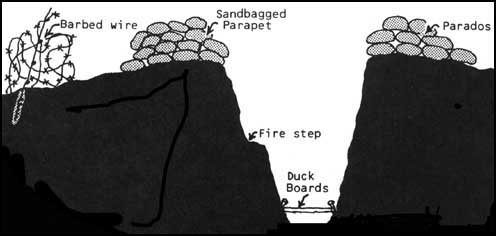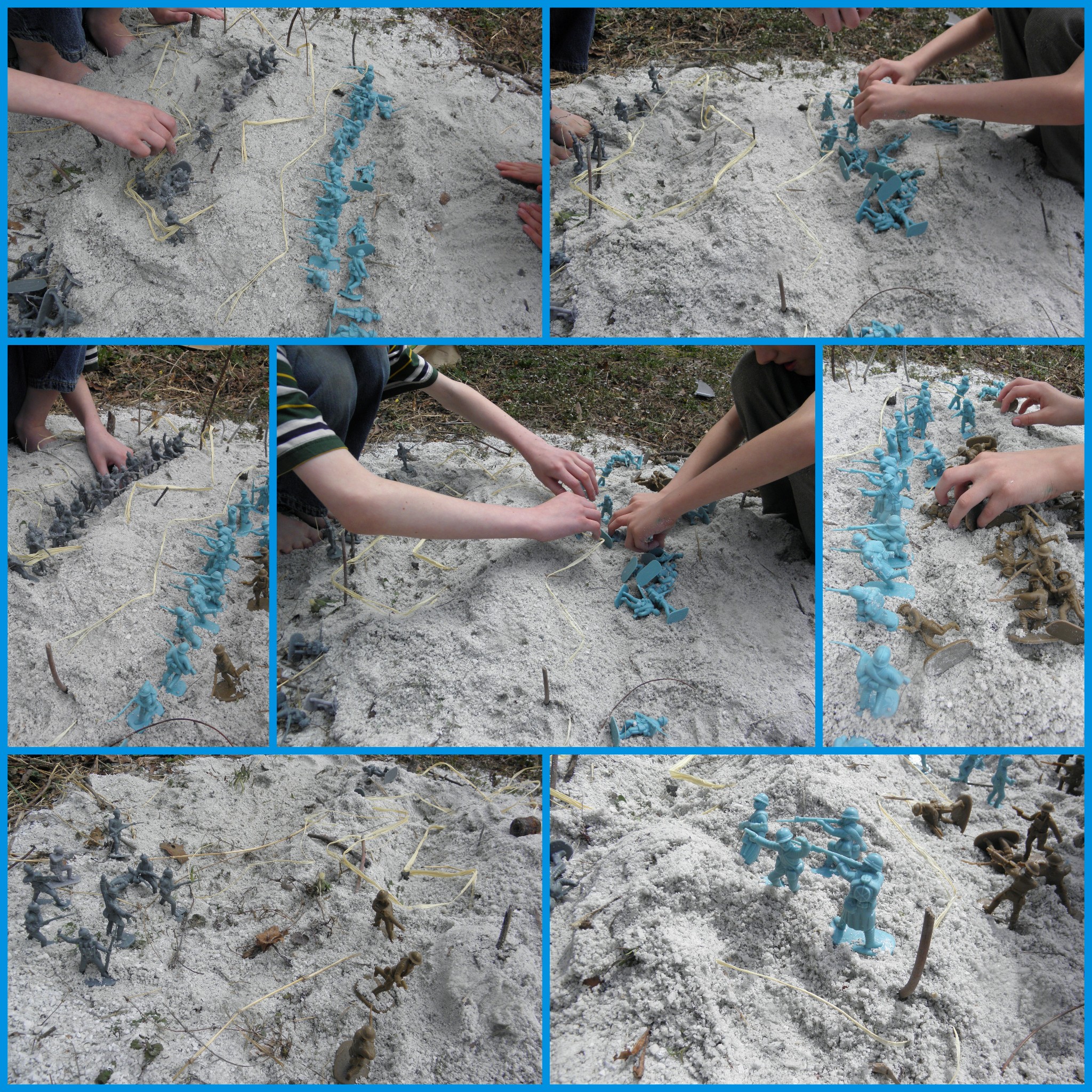World War I, part 2: 1915-1916 Weapons and Warfare
We picked up where we left off with our timeline of World War I battles.
Second Battle of Ypres (Passchendaele) (Spring 1915)
The Second Battle of Ypres was fought for control of the strategic Flemish town of Ypres in western Belgium in the spring of 1915. The German's release of chlorine gas during this battle was the first use of chemical warfare in WWI. Canadian physician and Lieutenant Colonel John McCrae. was inspired to write the poem, "In Flanders Fields" after presiding over the funeral of friend and fellow soldier. It reference to the red poppies that grew over the graves of fallen soldiers resulted in the remembrance poppy becoming one of the world's most recognized memorial symbols for soldiers who have died in conflict. The poem and poppy are prominent Remembrance Day symbols particularly in Canada, where "In Flanders Fields" is one of the nation's best known literary works.
The Battle of Gallipoli (April 1915)
The inability of France and Britain to achieve success on the Western Front, led to Allied Marines landing at Gallipoli peninsula.in the Ottoman Empire (in modern day Turkey) to capture the Ottoman capital of Constantinople (Istanbul) and secure a sea route to Russia.
Air-Bombings of London (spring 1915)
Beginning first with zeppelins and then later with airplanes, the Germans led 51 bombing raids over London.
The Eastern Front (May 1915)
Italy joined the Allies and invaded Austro-Hungry. Although the Italian army was not victorious, they helped to slit the attention of the Germans, who backed up the Austrians.
The Battle of Verdun (February 1916)
The Germans sent troops forward to the hilly terrain north of the city of Verdun in north-eastern France, to begin the longest battle of the war. It ended with a French victory by recapturing most of the lost ground including the centerpiece of Verdun's defensive system, Fort Douaumont.
The Battle of Jutland (May 1916)
This was a naval battle fought by the Royal Navy against the Imperial German Navy in the North Sea near Jutland, Denmark. Both sides claimed victory. At the end of the year, after further unsuccessful attempts to reduce the Royal Navy's numerical advantage, the German Navy turned its efforts and resources to unrestricted submarine warfare. German U-Boats sink the civilian transport, Lusitania, whose American deaths prompted US to warn Germany of its possible involvement.
The Battle of Somme (July 1916)
Fought on either side of the river Somme in France, it was the British's heaviest artillery barrage intended to create a rupture in the German line which could then be exploited with a decisive blow. This goal failed but they did gain three miles of territory. First collective use of tanks.
 |
| source |
Trench Warfare
To learn about these in a hands-on way, we decided to create a war zone, building trenches in the sand, complete with a No Man's Land so they boys could visualize trench warfare. I planned to use some jewelry wire for the fences, but I couldn't find it, so I used what I could easily locate, some raffia. I just couldn't stand using WWII soldiers for WWI play, so I splurged on some WWI soldiers

(French Army in Horizon Blue,

US Army Doughboys, which we doubled for English troops as well and 

I was pleased about how much they learned about the equipment by looking closely at the soldiers, comparing and contrasting the different soldiers. They also made connections between the Eyewitness World War I book photographs and the plastic soldiers.
A week later, we went down to the beach and they dug one-man trenches and had their own no-man's land.
 |
| notebook pages from Homeschool in the Woods, The Industrial Revolution through The Great Depression |
We also learned about weaponry.
 |
| The pictures form little booklets. Alex made notes in them. |
Another activity students can do is to write a newspaper article. Students benefit from writing two articles about one battle or incident, writing each from a different perspective, such as one from an American newspaper and one from a German one. Discussions on propaganda are appropriate while doing this activity. A good example of how to write such an article can be found at ABC's to ACT's.
 |
| source |
I would like to bring your attention to some posts over at Life's Adventures of field trips her family has taken to some World War I spots. Really wonderful posts to see!
Norman Rockwell began his career during World War I.
related posts:
sources and inspiration:
- What Was it Like in the Trenches of World War I at Adventures in Mommydom
- Sandbox Learning at Life's Adventures
- Life's Adventures Field Trip Posts
- Eyewitness WWI
- When Europe Went Mad; a Brief History of The First World War by Terence Finn
- History Lesson: WWI at Colored Moon
- Come In Spinner:An ANZAC Game for Kids at My Little Bookcase




